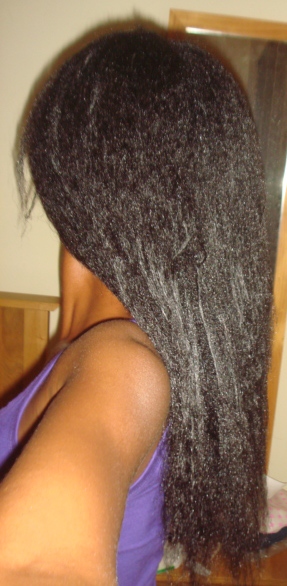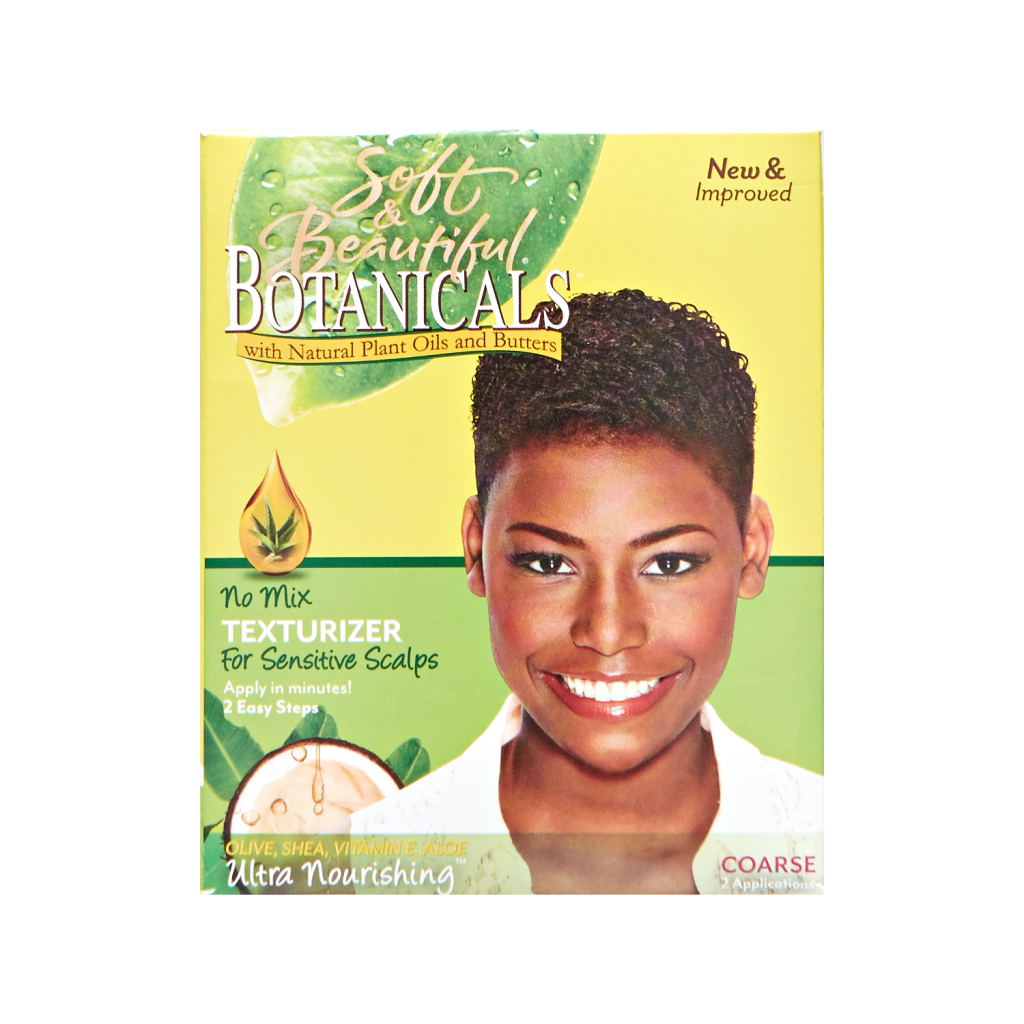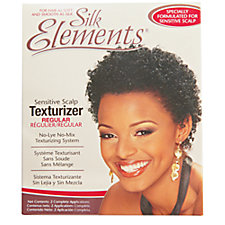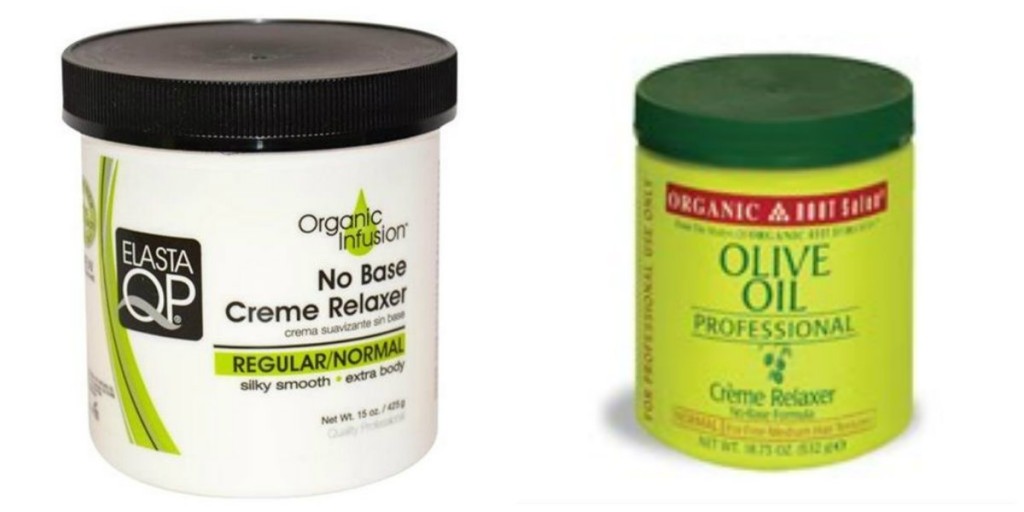Hello ladies,
I hope you are all well. As a hair care blogger, one question I get asked a lot is “what is texlaxing?” This is usually followed by “oh is this the same as texturizing).
In this post I will explain what texturizing it and how it differs from texlaxing. Happy reading!!!
What is Texturizing
Texturizing is a chemical process which is designed to loosen the curls/coils in afro hair. Relaxers ( which are used to texlax) on the other hand are designed to remove the curls/coils in our hair.
Texturizing is achieved by using a purpose designed kit/product (ie designed specifically for texturizing). The texturizer is a creamy consistency and is applied to the hair/new growth in the same way as a relaxer.
Please note that texturizing will not change your curl/coil pattern. It will simply loosen your existing one. Texturizing will not create curls/coils in your hair if they do not already exist. For example if your natural texture has a zig zag pattern, texturizing will not change the zig-zag to a curl. Texturizers will permanently loosen your curl pattern and if used incorrectly can lead to over processed hair, damage and breakage.
What Is Texlaxing
Texlaxing is deliberately under processing hair during a relaxer procedure. The relaxer is not allowed to fully straighten the hair. This enables the hair to retain more of its elasticity and thickness than fully straightened relaxed hair.
Texlaxing is achieved by using either a lye or no lye relaxer which is weakened by adding a little amount conditioner or natural oils (eg, olive or coconut oil) to the relaxer. The relaxer can also left in the hair for a shorter period than recommended by the relaxer manufacturer. All this is done to prevent the relaxer from making the hair 100% straight.
Texlaxing creates a look of natural hair that has been stretched out or blown out with a hand drier. Like texturizers, relaxers permanently alter your hairs pattern and can lead to over processing and damaged if used too often or incorrectly.
The Problem of Inconsistent Textures with Texturized and Texlaxed Hair
Texturized Hair
Because there are readymade texturizing kits available for purchase, a lady who texturizes (and/or her stylist) only has to figure out how long to leave the product on to achieve the results she desires. Please note however that results may vary because the lady might have
- different curl/coil patterns on her head, some sections may have looser or tighter curls/coils than other sections.
- Varying porosity levels: the degree by which each strand of hair absorbs and reacts to the chemicals can vary from strand to strand.
Please note that every lady’s hair will react to the process differently. For some ladies it can result in straight hair.
Texlaxed Hair
Texlaxing can result in a wide variety of looks.
Some texlaxed ladies hair looks as though it is still natural and some looks more relaxed.
Because there are no readymade texlaxing kits on the market currently, most ladies (and /or their stylist) have to figure out their own personal texlax formula or method.
The formula/method is basically knowing what amount of texture she wants to leave in her hair and then figuring out
- how to much oil she needs to add to her relaxer
- how long to leave the weakened relaxer in her hair for to achieve this desired result.
There is a degree of experimentation required and this can result in different textures. For example, over the years I have learnt that to achieve the texlax result I want, I need to weaken my relaxer with 1-2 teaspoons of olive oil, cover my new growth with castor oil and the relaxer should not be left in my hair for more than 17 minutes (this includes application and smoothening).

Throwback picture of my damp texlaxed hair. You can see some straight fully relaxed strands near my shoulder.
Please note that factors such as the varying curl/coil patterns and porosity levels on a lady’s head can further contribute to the problem of inconsistent results.
My PERSONAL Reason For Preferring Texlaxing to Texturizing
Sticking with the same chemical
I choose to texlax because I am already familiar with relaxers so I know how my hair will react to it.
I feel like I am on familiar ground. I don’t want to start experimenting with a new product that I am not used to which will create permanent changes in my hair that I can’t predict.
As the saying goes, better the devil you know…
It may not work well for my hair type.
From what I have dug up online from professional stylists and ladies who texturize their hair, most advise that texturizing will work and look better on ladies whose hair naturally has curls or waves. It appears as though your natural hair type should be a deciding factor on if texturizing will be a good option for you.
Well my hair (my natural new growth) has zero curls or waves so based on the recommendations of professionals hair stylists and texturized ladies I do not think it will work well with my hair.
I hope this post has cleared some things up for anyone who had questions about texturizing versus texlaxing.
My next blog post will be about how to buy leave-in conditioners (which double up as moisturisers for use in between wash days). I will also share tips on how I achieve moisture and protein balance during the week. Come back soon ladies.
X
Lade
Learn | Change | Grow




Thanks Lade for this post. I’ve heard a lot of ladies say they texturize and I always say its not the same thing. This post has helped me understand the meaning of texturizing and I can better explain to my readers.
Author
I know, its a shame this seems to be a point of confusion for sooo many ladies, I am glad this post helped and I am sure you will be able to help your readers too.
Hi Hun! 🙂 I was just wondering how many uses you get out of the Olive oil Lye relaxer. Also in terms of keep once the jar of relaxer is open how long can I keep it for and would it be advisable to keep it in the fridge?
Author
hello
Sorry for the late response.
I tend to mix about 2/3 ( two- thirds) of the jar with olive oil to make sure I have enough …..but probably only use about half of the jar with each texlax.
basically I don’t use up all the relaxer I have mixed with oil and the actually quantity that ends up in my hair is about half a jar
I hope that makes sense and hope it helps
x
Lade
Interesting yet informative. I haven’t researched this topic much but it’s quite confusing with all the varying perspectives floating around the internet.
Author
I know…….
I think the main thing people need to realise is that there is actually a product designed for texturizing unlike texlaxing which is done with a regular relaxer.
the internet can help….but can also be supper confusing sometimes….sigh!!!!!!!!
I have learnt a lot from your brain child “rehairducation”
Thanks dear
Sure I will be back soon !
Author
Thank you sooooo so so much Merabelle
I am glad to be of service 🙂
See you soon
I texturized my hair for a year. I have used both soft and beautiful texturizer and Scurl texturizer. I can’t remember which but one got my hair straight, I left it a long while tho. I enjoyed the results I achieved while texturizing..
Currently (this year) am texlaxing. I found texlax gold using ors repair line relaxer to texlax. Got the best results ever.
All my experimentation hasn’t seem to affect the hair and am so glad…it’s actually at its best both health and length wise.
Am glad you have this post up, would help guide a number of people. I stumbled unto using texturizers while trying to know what texlaxing is. I later researched and got to know better.
Author
Hello Tamie
thank you sooooo much for sharing your experience with texturizing and texlaxing.
I am glad you have found what works best for texlaxing your hair and that you are happy with it.
happy hair journey
x
Lade
I’m glad I came across this website.
I’d like to know if texlaxibf can be done on breaking hair to help stop breakage
Thank you
☺
I’m glad I came across this blog. Love it too so far.
Please I’d like to know if it’s okay to texlax on breaking hair to help stop the breakage
Thank you☺
Author
Hello Sharon
I am glad you found hairducation….. A chemical service like relaxing/texlaxing/colouring is NEVER the solution to breakage
Deep conditioning is the way to go.
If your hair is breaking you probably need to have a few deep conditioning sessions and have a good hair regimen in place
this should help stop or at least greatly reduce your breakage.
then you can think of texlaxing your new growth your hair..
Hope that helps
Lade
Hi, I’m glad I found your blog because I’m thinking of texlaxing and was also wondering about relaxers. I’m happy to see you keep your blog current because many ladies’ blogs I’ve visited about this topic haven’t updated in over a year or more. If you have a mailing list, please add me to it.
I haven’t made up my mind yet to texlax or not, but I do know I’m ready for different styling options (and flat ironing my natural hair on a regular basis to achieve it doesn’t seem healthy for my hair.)
Author
Hello shelly
Thank you for your comment:)
I do not have a mailing list but if you follow Hairducation on bloglovin you will get an email alert whenever there is a new post up.
what ever you decide to do with your hair so long as you have a good regimen in place that works for your hair I am sure it will thrive.
x
Lade
Hi! I have 4C hair and I’m considering texturizing or texlaxing. I’ve read that once you’ve done the process the first time, and your new growth comes in, many experience breakage at the line of demarcation (where the texturized or texlaxed hair meets the natural hair). Have you experienced this? How do you prevent this breakage from happening? Thanks
Author
Hello Summe
Yes chemical processes such such texlaxing, texturizing, relaxing and colourimg can all lead to breakage if you do not condition regularly and if you do not know how to manage different textures on the same head (when you have natural new growth and relaxed ends).
The breakage can be prevented if you have methods in place such as working in sections, finger detangling gently, keeping your hair well moisturised. There is a lot of information on the internet about preventing breakage at the line of dermacation so if it is a concern you have then you can read up on it and decide on if you do want to relax and be confident in caring for relaxed hair.
I hope this helps
X
Lade
Thanks for your reply. I’m not confident I can texlax my own hair and I trust no one else to do it. I think I’m going to try heat training to make detangling easier.
Hey Lola,
Can you use the wig routine for every type of wig, I’m asking this to be sure it won’t affect the wig or make it go bad if it isn’t the exact type that you are using. So can your wig care go for all textures of wigs?
is it possible that I can use a texturizer and then blow out my hair and get the same results as your hair during a blowout (I don’t want bone straight hair, i want BIG full hair!)
Thanks! I love your blog. Are you NIgerian?
hellI Lade. The ends of my hair were over processed and I have been experiencing breakage and shedding. I havent relaxed my hair in the last 4 montgs.but can I now maintain a texlaxed hair . how can I stop the breakage
Hi,
Can this be done by mixing the conditioner with a texturizer instead of a relaxer?
Beautiful work
Author
Thank you, thank you 🙂
hlo Labi…luv ur blog lyk cwazii…av been kipin my natural hair 4 over a year now but av recently been tinkin of texlaxing it…i feel like i sudnt texlax cos be4 i cut my hair some years bak,i usually texlax but my scalp wud jus get burnt nd it woundnt still straighten my hair…i dont knw if d relaxers i used wer not right 4 my hair or my hair is just meant 2 b left natural…am about 2start my hair journey but am not sure whether i sud texlax d hair b4 i begin…am afraid d relaxers wud damage my cherished shoulder length hair…pls wot dyu think i should do?